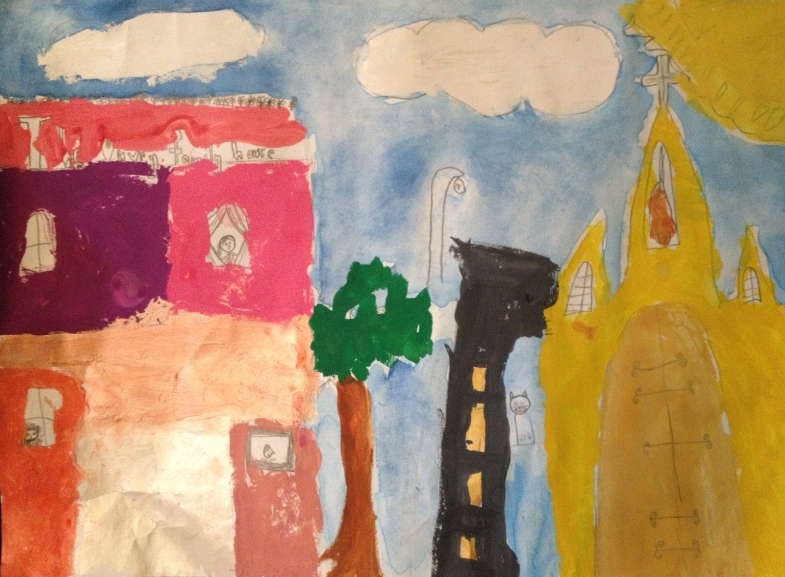Dear Integral Meditators,
This is the second in the series of ‘Motivating yourself to meditate’ articles, you can read the first HERE if you have not done so already.
In the spirit of enjoying our deeper and higher selves,
Toby
 Motivating Yourself to Meditate Part 2 – Meeting Your Deeper & Higher Needs Through Meditation
Motivating Yourself to Meditate Part 2 – Meeting Your Deeper & Higher Needs Through Meditation
In the first in this series of articles on motivating yourself to meditate I took a look at how it is that meditation can help us to meet some of our basic needs, or needs 1-3 in Abraham Maslow’s hierarchy of needs. I this article I want to look at how meditation helps us to start to satisfy our “higher” needs; specifically needs 4-6 of Abraham Maslow’s human needs hierarchy:
- Esteem needs – For competence, approval & recognition
- Aesthetic and cognitive needs – For knowledge, understanding, goodness, justice, beauty, order, symmetry
- Self-Actualization needs
4. Esteem Needs – Competence, approval, recognition.
One of the basic things that any form of authentic meditation technique will improve is your concentration. With better concentration your ability to be competent in any given area of expertise that you set yourself is going to improve. So, meditation helps your esteem needs in this regard by helping you increase your mind power and therefore become competent faster. This in turn will likely lead to approval and recognition from your teachers, peers and society.
With regard to the need for approval and recognition, I would say that consistent meditation will help you to make approval and recognition into a preference rather than an all consuming need. This is because meditation takes us gradually away from “doingness needs” and toward “beingness needs”
- “Doingness needs” are the needs that we have to prove our worth by deeds, job titles and all the other bench marks that conventional society lays down as meaning “successful”.
- “Beingness needs” are the needs that arise from already seeing, feeling and experiencing ourself as whole, complete and worthy as we are. Meditation encourages a daily connection to our own state of beingness, that is to say as whole, complete and worthy as we are right now. In a state of beingness, our own needs are perceived as being already met, and so our “needs” actually start to focus more and more on the needs of others around us. We are happy as we are, so we have more energy to focus on the wellbeing of others.
In conclusion, when our beingness needs are met (which they will be increasingly through balanced meditation), of course we can be happy when we are measured as “successful” by the conventional benchmarks of society, but if not it is no big disaster, as our sense of beingness ensures that we feel happy and complete as we are.
5. Aesthetic and cognitive needs – Knowledge, understanding, goodness, justice, beauty, order, symmetry
With our beingness needs increasingly being met by meditation (as outlined in section 4 immediately above), an increasing amount of energy is opened up within us to look into “bigger questions”:
What is the meaning of life?
Why am I here?
What is fairness?
What is justice?
What is beauty?
This is level 5 of Maslow’s Hierarchy, our aesthetic and cognitive needs. A regular meditation practice will not answer these questions per-se, as a lot of meditation practice is about reducing the content of the mind, not filling it! However, what meditation will do systematically over time is to open us up to a full functioning awareness of our intuitive, archetypal and spiritual minds. This naturally helps us to articulate a considered response to the big questions that are posed by our aesthetic and cognitive needs.
A final point; meditation prevents us from getting “stuck” on the existential questions that are posed by this level. “What is the meaning of life?” is a question that may never be fully answered, and this is right and good. Meditation enables us to recognize the point where question asking and philosophizing ceases to be useful and relevant, and to move into states of silence and pure awareness.
6. Self Actualization:
Actually, up to the last century or so, the main focus of meditation has traditionally been enlightenment, or needs associated with levels 5 and 6. It is only in more recent times that meditation has been advocated as a potential solution to the stress, mental busyness and anxiety of modern life, which has made it useful and relevant on the level of our survival needs (levels 1&2 of Maslow’s hierarchy) and level 3, emotional wellbeing. Through history the predominant reason that people have meditated is to commune, merge and create a state of union with their spiritual being, which in turn exists in a state of one-ness or unity with the Universe. So, in terms of the sixth and highest level of our needs; Self Actualization or enlightenment, meditation is actually the most effective, tried and tested method for accomplishing this need.
© Toby Ouvry 2014, you are welcome to use or share this article, but please cite Toby as the source and include reference to his website www.tobyouvry.com









